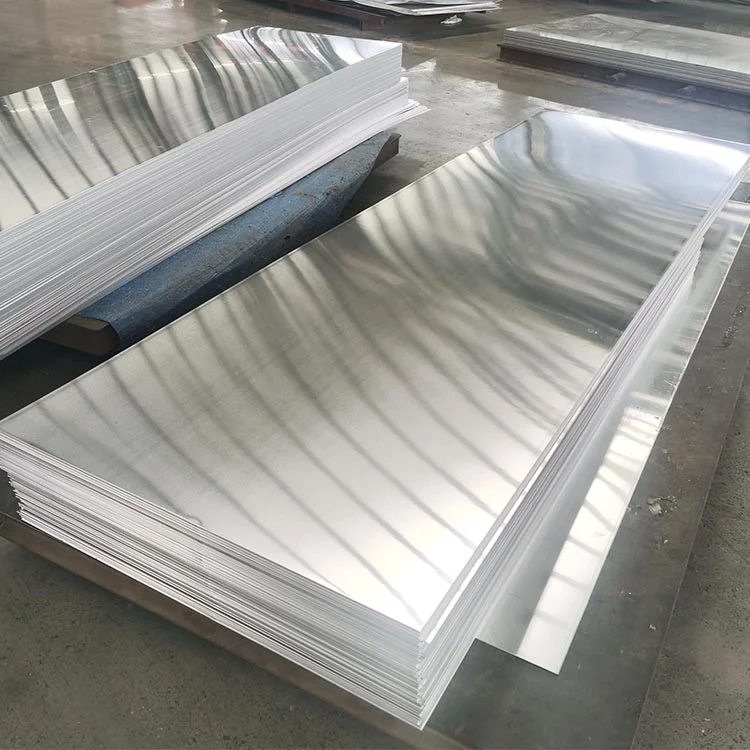AL+PET flexible duct foil is a versatile material used predominantly in the HVAC (Heating, Ventilation, and Air Conditioning) industry. Combining the properties of aluminum (AL) and polyethylene terephthalate (PET), this composite foil offers a range of benefits that make it ideal for various ducting applications. In this article, we will delve into the characteristics, advantages, and applications of AL+PET flexible duct foil, highlighting its importance in modern HVAC systems.
What is AL+PET Flexible Duct Foil?
AL+PET flexible duct foil is a composite material featuring a thin layer of aluminum bonded to a polyester backing. The aluminum provides excellent barrier properties, while the PET enhances flexibility and durability. This combination results in a multifunctional product that serves well in both insulated and uninsulated duct systems.

Key Properties
1. Lightweight:
– The combination of aluminum and PET results in a lightweight material, making it easy to handle and install in various settings.
2. Thermal Insulation:
– AL+PET foil demonstrates good thermal insulation properties, helping to maintain the desired temperature of air being transported through the ducts.
3. Moisture Resistance:
– The aluminum layer acts as a moisture barrier, preventing condensation and protecting the duct system from mold and mildew growth.
4. Chemical Resistance:
– The material can withstand exposure to various chemicals, making it suitable for environments where chemical vapors may be present.
5. Flexibility:
– Its flexible nature allows for easy bending and shaping, making it adaptable for complex duct configurations.
6. Durability:
– AL+PET flexible duct foil exhibits good tensile strength and tear resistance, ensuring long-lasting performance in demanding conditions.
Benefits of Using AL+PET Flexible Duct Foil
1. Efficiency:
– The thermal insulation properties combined with the moisture barrier ensure energy efficiency in HVAC systems by minimizing energy loss and improving temperature control.
2. Cost-Effective:
– The lightweight nature of this duct foil reduces installation time and labor costs, ultimately making it a cost-effective solution for manufacturers and contractors.
3. Environmental Impact:
– AL+PET foils can be designed with recyclable materials, contributing to sustainability efforts in the building and construction industry.
4. Versatility:
– Suitable for a wide range of applications, including residential, commercial, and industrial HVAC systems, as well as in ventilation for laboratories and clean rooms.
5. Simple Installation:
– The lightweight and flexible design simplifies installation processes, allowing for quicker setups and adjustments in various construction settings.

Applications of AL+PET Flexible Duct Foil
1. HVAC Systems:
– Widely used for ductwork in residential and commercial buildings, AL+PET foil helps in effective air distribution and temperature regulation.
2. Ventilation Systems:
– Its moisture-resistant properties make it ideal for ventilation applications in places like kitchens and bathrooms, where humidity control is essential.
3. Industrial Processes:
– Used in industrial applications where the transport of air or gases is required, especially in environments involving potential chemical exposure.
4. Clean Room Applications:
– AL+PET duct foils are invaluable in clean room settings, helping maintain strict environmental control and preventing contamination.
5. Refrigeration:
– This material is also utilized in refrigeration systems, ensuring that cold air is effectively transported without significant thermal loss.
Conclusion
AL+PET flexible duct foil stands out as an innovative solution for HVAC and ventilation applications. Its combination of aluminum and PET creates a durable, lightweight, and flexible material that addresses the various challenges faced in air distribution systems.
As the focus on energy efficiency and sustainability grows, the use of high-performance materials like AL+PET flexible duct foil becomes increasingly important. With its numerous advantages, this duct foil is expected to play a significant role in the future of heating and cooling systems, supporting both environmental goals and operational efficiency.


